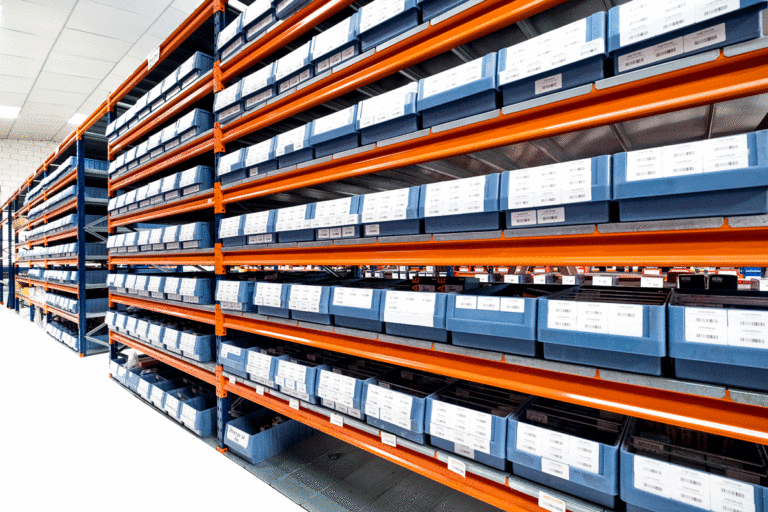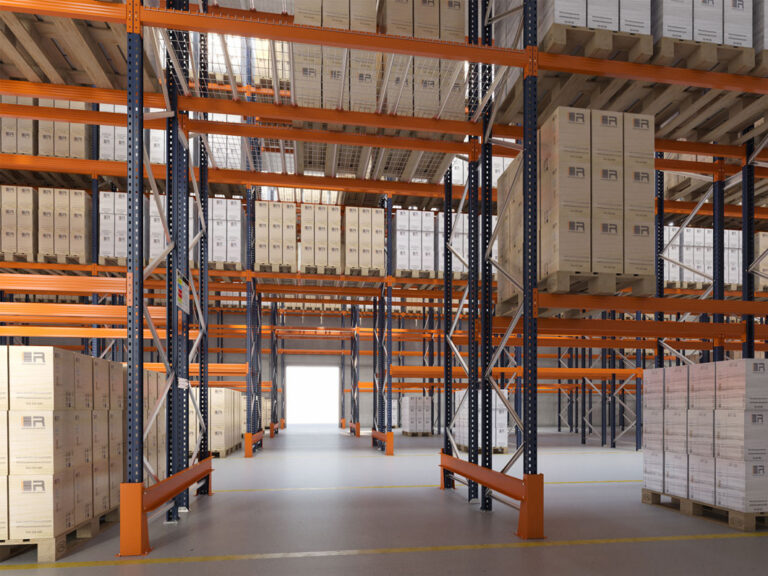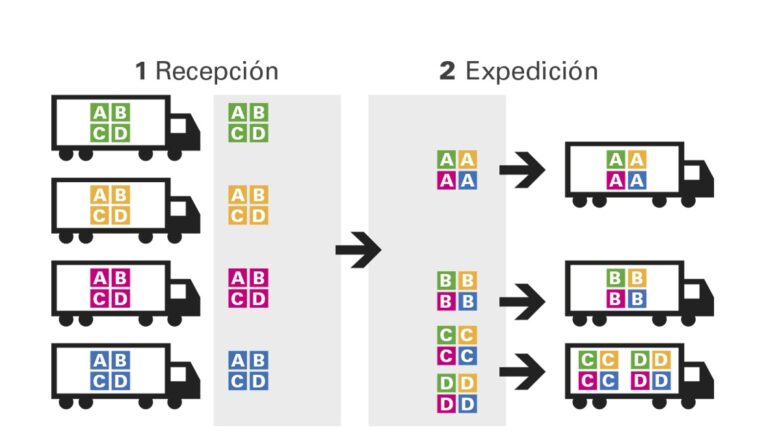
Blog
You are here:
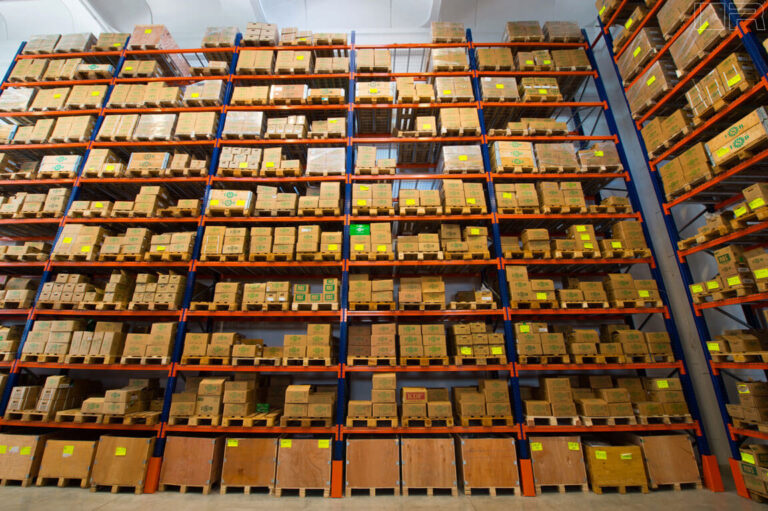
BENEFITS AND APPLICATIONS OF CONVENTIONAL PALLET RACKING
What type of companies use conventional pallet racking? Conventional pallet racking, also known as selective rack, is the most commonly used storage system. Countless companies use this solution, especially general warehouses. It is suitable for large palletised loads, whether references are similar or not, as the shelves can be adapted to any type of product. The conventional pallet racking system is perfect for warehouses with high goods

MEZZANINE OR TOP LEVEL?
As the area used for storage is generally limited, users need to choose one of the different solutions offered to extend the space available. Top levels of shelves (pallets or manual loading) and mezzanines on pillars are high-performance options that multiply the useful area and they are much cheaper than making alterations to existing buildings or purchasing or renting new ones. How is it achieved? By taking

CORPORATE VALUES
Our corporate culture has been forged over a long-standing career of more than 40 years in the market and is the reason for our firm’s recognition today. All Estanterías Record’s business is based on sound fundamental values: Customer focus. Our main aim is to satisfy our customers’ expectations with ideal storage solutions for each case. Immediate response. We provide our customers with top professional services of high strategic value in the best

SPECIALISED SERVICES
Maintaining a prominent position in the storage logistics sector and meeting the requirements of an increasingly specialised and demanding market implies a commitment to the manufacture of excellent-quality products and the provision of high value-added services. To provide the best possible service on each scenario, we have developed a portfolio of specialised services based on our supply of storage solutions to exceed our customers’ demands using a strategy of commercial
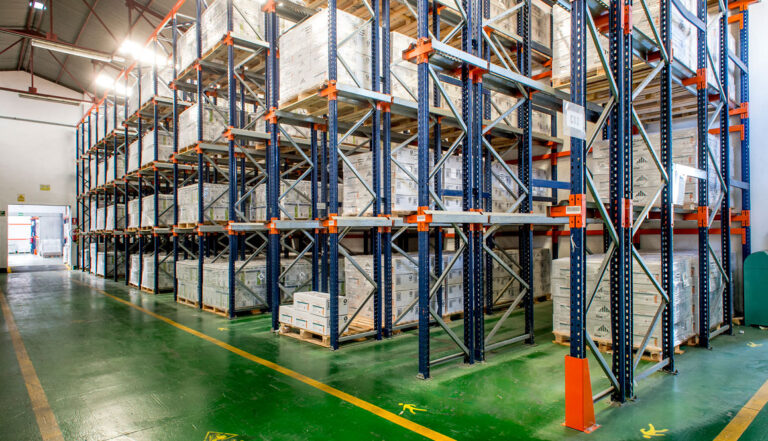
OUR CONVENTIONAL PALLET RACKING SYSTEM
In this post, we are going to talk about our Compact Pallet Racking System. This solution takes full advantage of the space available in the warehouse. It consists of rows of parallel lanes equipped with support pallets on both sides and to the full height of the structure so that the forklift trucks can drive into the structure to deposit or withdraw stock quickly and easily. Estanterías Record technicians

